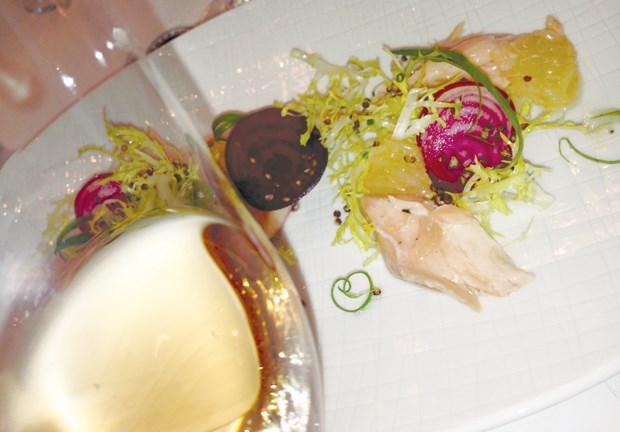Champagne and sparkling wine sales are booming.
That’s good news for consumers who are benefitting from an expanding selection and, generally, an overall rise in quality and value for money.
The Brits’ passion for “bubbles” is renowned. The U.K. is Champagne’s biggest export market, which means the English drink more than anyone else except the French. However, recently, as belts were tightened, relatively inexpensive Prosecco overtook Champagne. In fact, sales of Prosecco have jumped more than 70 per cent since last year, as the Brits have embraced the notion that while bubbles are great for special occasions, there’s no reason why you shouldn’t enjoy them any or every day.
The U.K. is building its own sparkling industry, buoyed in part by the effects of climate change but also by the same vein of chalky soil that starts in Champagne and reappears in parts of Kent, Sussex and Hampshire.
British wine authority Jamie Goode says he expects English sparkling to become a mainstay rather than a curiosity. He also said that, unlike sparkling wine from elsewhere, it’s harder to distinguish from Champagne.
This month saw the arrival of Coates & Seely, the first U.K. sparklers to reach our shelves. In a blind tasting of bruts and rosés, its pale, salmon-hued, pinot-toned, savoury-edged Brut Reserve Rosé (91 points) fared well in a flight that revealed rosés from Moet Chandon, Nicolas Feuillatte and Charles de Cazanove. Citrus and apple-toned, with good mousse, Coates & Seely Brut Reserve (89 points) held its own in a field that included a couple of major houses, as well as Canada’s Benjamin Bridge.
Here in B.C., I’d suggest we’ve too long under-appreciated the quality of sparkling wine produced. And a recent tasting of Cipes sparklers (made by Summerhill) at Hawksworth underscored that fact. The Cipes wines all showed well beside comparative wines in the market. Here on the coast we’ve also made the transition from thinking of sparkling wine only for celebration. B.C.’s acidity-driven styles are perfect for food pairing.
One of the more interesting bubbles to come out of the Okanagan, Cipes Blanc de Franc 2011 is a rosé-style wine made with 100 per cent Cabernet Franc grapes, for an elegant and structured drop, a pretty mousse with a crisp, dry finish (92 points, $35). Pioneering winemaker Eric Von Krosigk made this wine in a year when it wasn’t possible to make icewine.
It’s a much better use of grapes, as far as I’m concerned, and I’m excited to see it gain a permanent place in their range. It showed well beside the Moncontour Touraine NV ($29), and paired nicely with mild Kuterra salmon, with a grapefruit, beet and sherry dressing. I’d try oysters with raspberry vinaigrette, if that sounds easier.
Track down the slightly chalky-toned Cipes Blanc de Blanc 2010 (100 per cent Chardonnay), with a creamy top, orchard fruit and good bubbles (90 points, $35). Tuck it away for a few years and it will reward with a much more creamy personality, says Von Krosigk.
Here’s one more wallet-friendly bubble worthy of consideration, this time from South Africa: Moreson Miss Molly Bubbly. It’s another fun sparkler that won’t break the bank. Fruity, citrus, tropical and a definite streak of brioche make it a worthy fridge friend for the upcoming holidays. And you don’t even have to be a dog lover, but it helps, as label star Miss Molly is the winery’s resident pooch who obviously runs the show (BCLS $17.39, 90 points).
Tim Pawsey writes about wine for numerous publications and online as the Hired Belly at hiredbelly.com. Contact: [email protected].



